Club Foot Causes

Clubfoot Wikipedia
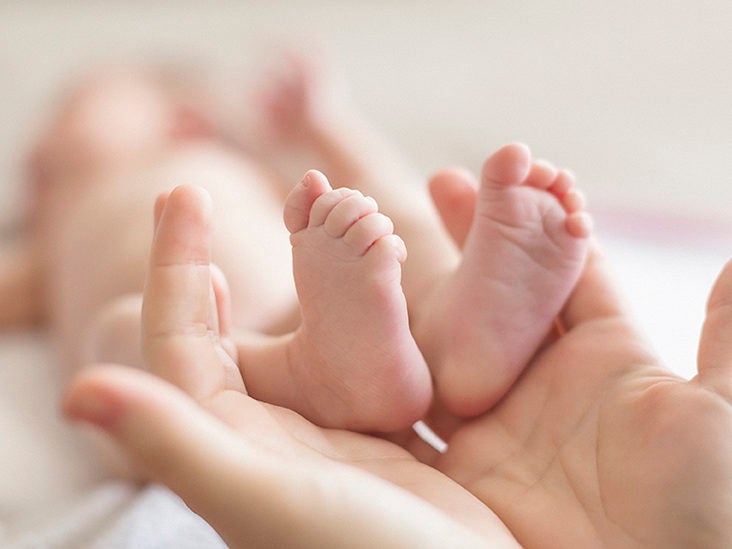
Clubfoot Repair Treatments Procedure Outlook

Clubfoot Children S Orthopaedic And Scoliosis Surgery Associates Llp

Positional Clubfoot
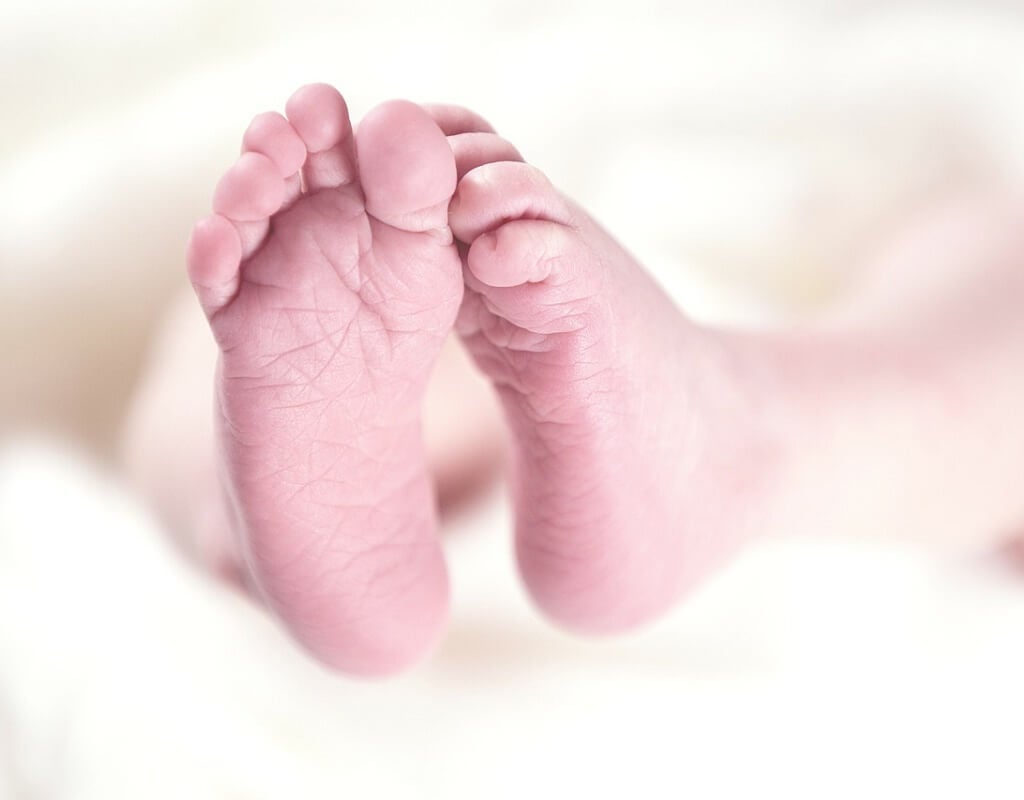
Clubfoot Treatment In Iran Best Doctors Clinics Free Consultation
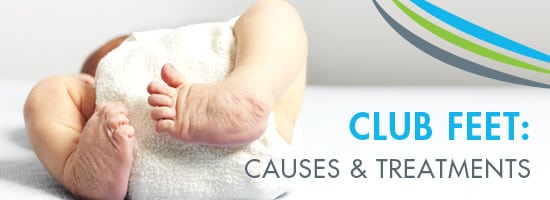
Club Feet Causes And Treatments Top O C Surgery Center Crown Valley Surgical
Clubfoot causes one or both feet to twist into an abnormal position, and can be mild or serious.
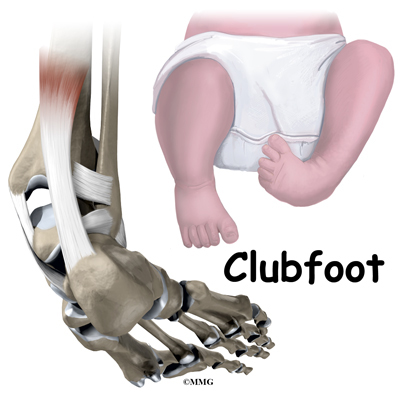
Club foot causes. Clubfoot is a congenital condition (present at birth) that causes a baby’s foot to turn inward or downward. Clubfoot is twice as common in boys. Clubfoot develops in the womb.
What is known, however, is that there is an increased risk in families with a history of clubfeet. Sequelae present at the end of growth will intensify during adult life;. This causes the tissues around the ankle to.
Now, researchers at Washington University School of Medicine in St. Doctors don’t know exactly what causes the condition, but it may be caused by a genetic defect or a compression of the legs and feet that forces them to grow into an unnatural posture. What is a Club Foot?.
The doctor might also take an X-ray of the foot to confirm a clubfoot diagnosis. Children with clubfoot should be able to take part in regular daily activities once the condition is treated. Risk factors include a family history of the disorder and being male.
Though some genetic factors are majorly believed to cause this defect, the lack of research in the field denies the exact gene responsible for it. During the development of the fetus there will be abnormal structuring and position of the foot thus making it twisted. Often, the foot is "kidney-shaped.".
Claw toes may cause pain and lead to calluses on the top of the toe over the first joint, but may also be painless. Boys have clubfeet nearly twice as often as girls. Causes, prevention, and treatment.
Causes for clubfoot are not understood. Boys are about twice as likely to develop clubfoot than girls are. Clubfoot, also known as talipes equinovarus (TEV), is a common foot abnormality, in which the foot points downward and inward.
Most of the time, claw toes are not harmful in themselves. Although clubfoot is one of the most common congenital birth defects, few genetic causes have been found. Extrinsic factors may include oligohydramnios, teratogenic agents and congenital constriction rings.
Neglected clubfoot, over correction, and …. Learn how clubfoot is treated. However, in some patients, cavus foot can be due to neuromuscular diseases that cause muscle contractures which draw the ball of the foot closer to the heel.
Higher rates of relapse and risk factors for relapse of the more severe clubfoot have been identified (Sangiorgio 17). The foot of a newborn is merely the size of an adult thumb. If you have one child with club foot, your chance of having a second child with the condition is about 1 in 35.
Occasionally, the doctor may request X-rays to fully understand how severe the clubfoot is, but usually X-rays are not necessary. On account of this, the bones will also develop abnormally in shape and position. As the foot matures, the development of the bones and joints become rigid and less flexible.
Pretibial or peroneal muscles on the front and side of the leg;. The foot may be smaller than a normal foot by up to a half-inch. What causes clubfoot Researchers are still uncertain about the cause of most cases of clubfoot.
Dudley Moore, the English actor. But the condition may be passed down through families in some cases. Doctors can usually visually diagnose clubfoot at birth, but the condition is often detected in utero (in the womb) with ultrasounds.
The foot may have a. Damon Wayans, the American actor and comedian. Clubfoot can be successfully treated with a variety of devices and procedures.
The most widely accepted theory is that clubfoot is caused by a combination of genetic and environmental factors. They may be the first sign of a more serious disease of the nervous system. J Bone Joint Surg.
In some cases, clubfoot causes the leg to be slightly shorter than the other leg. A clubfoot sometimes occurs along with other orthopedic and non-orthopedic birth problems, but often is the only problem that your a child may have. Frequent cast slipping may cause foot edema, bruising, and skin breakdown.
Clubfoot is a deformity of the foot and lower leg. Clubfoot occurs when a foot and ankle are permanently twisted. But it is certain that the position of fetus is not responsible for causing clubfoot.
If either of the parents or their other children have had clubfoot, the baby is more likely to have it as well. It is a congenital condition, which means it is present at birth. The cause of clubfoot has not been identified yet.
Clubroot is a common disease of cabbages, broccoli, cauliflower, Brussels sprouts, radishes, turnips, stocks, wallflowers and other plants of the family Brassicaceae (Cruciferae). A deformity of the foot where there is a curled shape of the ankle, heels and toes. This alignment involves the soft and bony structures in the hindfoot, midfoot and forefoot.
It is a relatively common defect and occurs in about 1 out of every 1,000 births in Western countries. Clubfoot is a birth abnormality that causes a newborn baby's feet to point down and inward. Clubfoot is the most common congenital disorder of the legs.
Signs of clubfoot include a short and/or tight Achilles tendon (heel cord) and a heel that is turned in. If a parent was born with clubfoot and has an affected child as well, the chance for future offspring to have clubfoot could be as high as 25%. Atypical clubfeet do not correct with the standard Ponseti method.
Club foot can be mild or severe. The foot points downward, and the toes may be curled inward. An abnormality of the tendons and ligaments in the foot causes an abnormal structure and position of the foot.
Louis have found what. Kristi Yamaguchi, winner of 1992. Approximately 50% of cases of clubfoot affect both feet.
Clubfoot actually describes an array of foot deformities that cause your newborn baby's feet to be twisted, pointing down and inward. These tight tendons cause the foot to twist out of shape. It is important to get an early diagnosis and.
9 Specifically, loss of function in the following group of muscles may lead to foot drop 10:. Club foot is caused by genetic abnormality but the exact reason what causes this congenital defect is not known. Clubfoot is the most common congenital disorder of the legs.
Most of the time, it is not associated with other problems. In children with clubfoot, there is a subtle imbalance in muscle forces in the lower leg resulting in the foot deformity. As a result, plants have difficulty absorbing water and nutrients properly.
Haft GF, Walker CG, Crawford HA. This may lead to pain and difficulty walking. Causes and contributing factors for clubfoot have not been determined.
The frequency of congenital clubfoot is approximately 1 per 1,240 live births. Claudius, the Roman emperor. The following medical conditions are some of the possible causes of Clubfoot.There are likely to be other possible causes, so ask your doctor about your symptoms.
Others think clubfoot happens because of abnormal nerve function in the leg, or because of abnormal tissues in the muscles and tendons of the foot. Causes Of Clubfoot The exact cause for clubfoot is still unknown. Muscular Causes of Foot Drop.
In clubfoot, the ligaments and tendons that hold the muscles to the bones are too tight. Causes of club foot In most cases the cause of club foot isn't known, but there may be a genetic link as it can run in families. The following are the theories which medical professionals believe to have been the cause of clubfoot:.
Clubfoot is a condition that involves both the foot and lower leg when the foot turns inward and downward. Diseased roots become swollen, misshapen and deformed (clubbed) often cracking and rotting. Although it might be a genetic condition, most families show no clear.
Most commonly, a doctor recognizes clubfoot soon after birth just from looking at the shape and positioning of the newborn's foot. In few cases, a child with congenital abnormalities of skeleton, such as spina bifida (a serious condition in which underdeveloped spine is can't cover spinal cord completely) may have clubfoot. If one parent has club foot, there's about a 1 in 30 chance of your baby having it.
Clubfoot is a birth defect where one or both feet are rotated inward and downward. Clubfoot is caused by a shortened Achilles tendon, which causes the foot to turn in and under. The exact cause is usually not identified.
Both genetic and environmental factors are believ. Most often, it occurs by itself. Here are some signs:.
Club foot is caused by an improper alignment of muscles to the bones of the leg. Clubfoot is a birth defect of the foot that may affect your baby's ability to walk normally. It can occur in one (unilateral) or both feet (bilateral).
The following medical conditions are some of the possible causes. It is caused by Plasmodiophora brassicae, which was once considered a slime mold but is now put in the group Phytomyxea. See detailed information below for a list of 386 causes of Clubfoot, Symptom Checker, including diseases and drug side effect causes.
Clubfoot might be caused by environmental factor. There is no known cause for clubfoot, and it is twice as common in male children as it is in female children. About half of babies with clubfoot have it in both feet.
However, if clubfoot is properly treated, the deformity can often be cured in early childhood. Treatment begins shortly after. It can range from mild and flexible to severe and rigid.
Treatment is necessary to correct clubfoot and is usually done in two phases — casting and bracing. It is the first phytomyxean for which the genome has been sequenced. The occurrence in both feet is between 30-50 percent.
The medical term for clubfoot is talipes or talipes equinovarus. It is caused by the soil-borne fungus Plasmodiophora brassicae which infects susceptible plants through root hairs. The exact cause of clubfoot is unknown, but doctors agree that a family history of clubfoot increases the likelihood that a child will be born with the condition.
In babies who have clubfoot, the tendons that connect their leg muscles to their heel are too short. Steven Gerard, the English soccer player. Clubfoot causes the heel to point downward while the front half of the foot (forefoot) turns inward.
Also, mothers who smoke and drink. Causes might include genetics, diet (excess energy and/or mineral imbalances), excessive exercise, and/or a withdrawal response to pain such as occurs with physitis. The affected foot and leg may be smaller in size compared to the other.
Muscular disorders or conditions that lead to progressive muscular weakness such as myotonic dystrophy may cause foot drop. However, certain theories indicate that the main cause of clubfoot is due to some defective genes along with environmental factors. Causes | Symptom Checker » Causes of Clubfoot:.
Clubfoot develops prenatally and can be caused by both genetic and environmental factors. The cause is unknown in many cases. Children with a family history of the condition are more likely to be born with it.
A child born with clubfoot will never have a normal foot in adulthood. Some famous people who were born with a clubfoot include:. A genetic cause is suspected, considering twin studies where one twin has the defect and the other does not, but this has not been confirmed.
Under-correction is easier to treat in adulthood than overcorrection. How Common Is It?. Causes of Club Foot in Horses The deep flexor tendon is shorter than the bones causing a pulling on the coffin bone in the hoof which causes a deformity in the shape of the hoof Congenital deformity at birth (occurring within the mare’s uterus) likely due to multiple factors.
The cause is not known. Neurologic conditions causing cavus foot deformity include Charcot-Marie-Tooth disease (CMT accounts for 50% of the neurologic cases), cerebral palsy, clubfoot, post-stroke paralysis. This is as a result of the tissues connecting the muscles to the bone (tendons) being shorter than usual.
The calf muscles on the affected leg may not be fully developed. » Review Causes of Clubfoot:. Club foot can develop in mature horses, too, for similar reasons---any injury or chronic pain that causes a horse to consistently favor one foot can lead to contracting and shortening of the muscles and tendons (specifically the deep digital flexor tendon and muscle apparatus) in that leg, eventually pulling the foot into a more upright position.
The exact cause of club foot is not known. It is the most common deformity of the bones and joints in newborns. The cause of clubfoot is unknown (idiopathic), but it may be a combination of genetics and environment.
This section discusses 386 medical conditions causing Clubfoot.A simple discussion of these causes with additional information is below. But medical professionals do understand that clubfoot is not affected by the fetus’ position in the uterus. While clubfoot does not cause pain, it can cause long-term problems if left untreated, affecting the child's ability to walk normally.
Although children being born with clubfoot has been documented throughout history, even dating to the time of the ancient Egyptians, we do not know what actually causes clubfoot. There is no differential diagnosis for clubfoot. The most difficult problems in adulthood are:.
It can be mild or severe and occur in one or both feet. Without treatment, the foot remains deformed, and people walk on the sides of their feet. In some children, bones may also be abnormal in terms of shape, size, or position.
Not all experts agree on congenital clubfoot causes. Early clubfoot recurrence after use of the Ponseti method in a New Zealand population. Troy Aikman, the American football player, TV presenter.
Some believe clubfoot develops because of an abnormally shaped anklebone. It’s when one or both feet are turned inward. There may be a link to maternal smoking during pregnancy.
The foot appears to be sideways or sometimes even upside-down. The condition may create problems fitting into shoes. It occurs twice as often in males than in females.
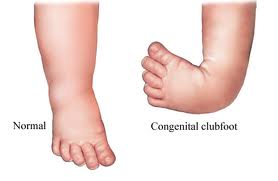
Introduction To Clubfoot Physiopedia

Talipes What Causes Club Foot In Babies
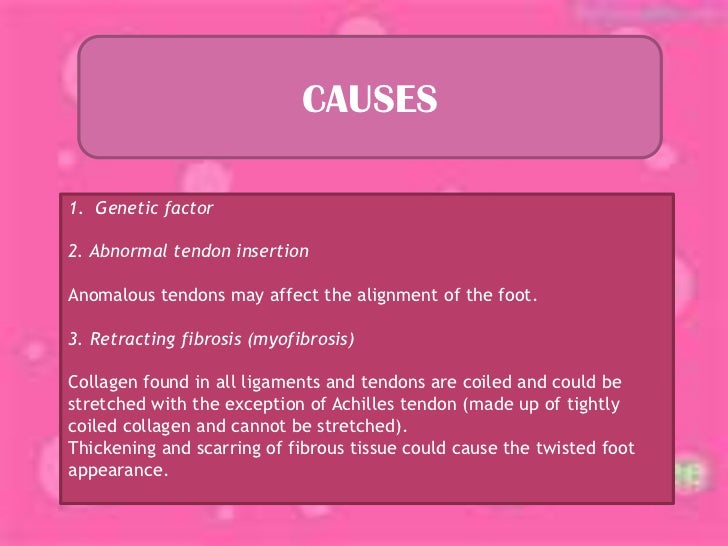
Clubfoot
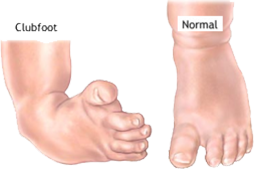
Clubfoot Treatment In Broward Palm Beach Florida Foot Ankle

Clubfoot Wikipedia
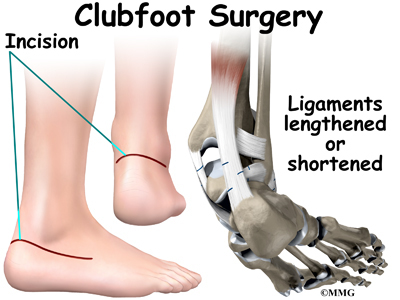
Clubfoot Eorthopod Com

What Are The Main Causes Of Clubfoot Interactive Health
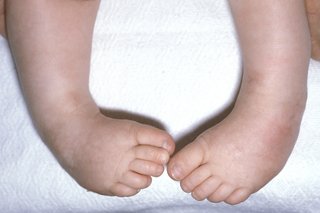
Club Foot Nhs
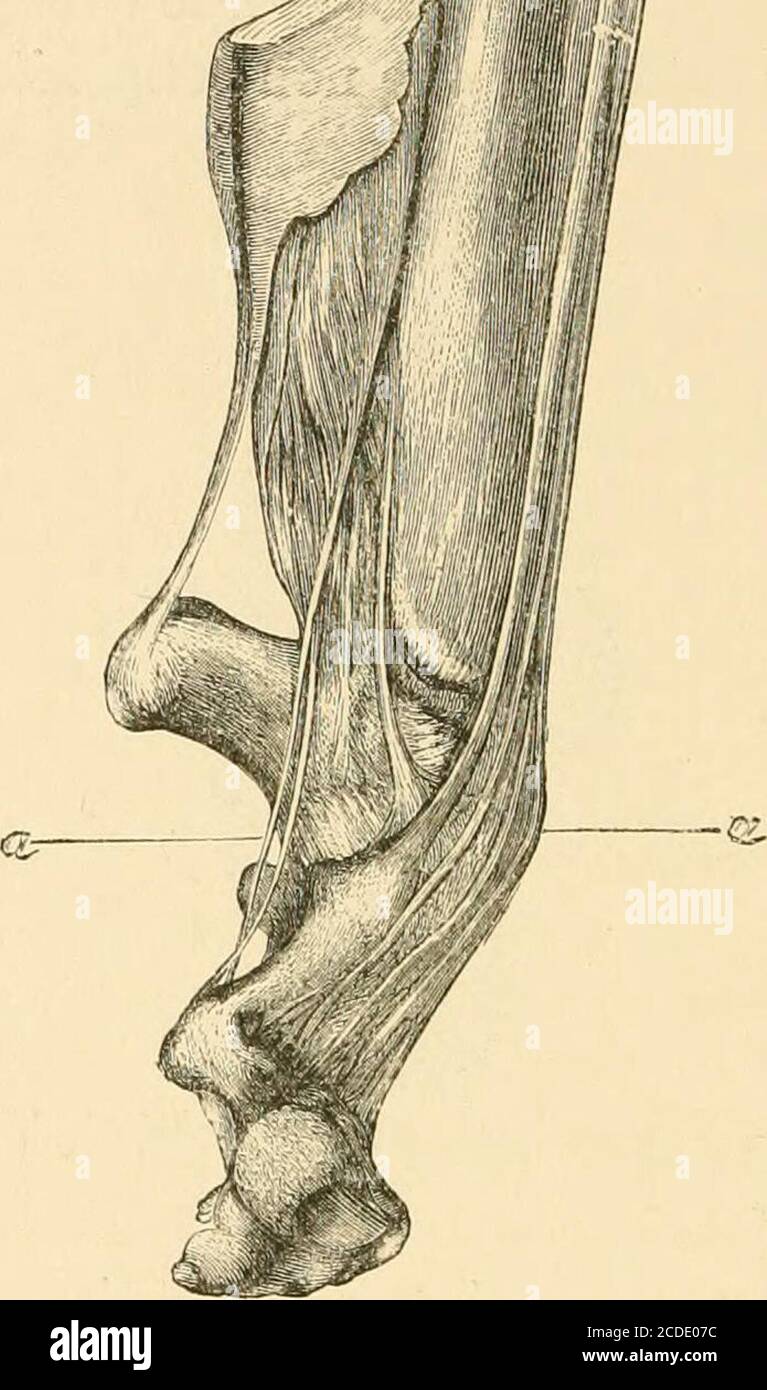
The Surgical Treatment Of The Common Deformities Of Children Fig 66 Acquired Spastic Equinus Club Foot Adams Ties May Arise From A Number Of Different Causes Maf Be Sp

Club Foot Treatment The Alternative Or Orthodox Way The Guardian Nigeria News Nigeria And World Newsguardian Woman The Guardian Nigeria News Nigeria And World News

Club Feet Club Foot Prenatal Ultrasound Club
Clubfoot Orthoinfo os
Clubfoot Orthoinfo os
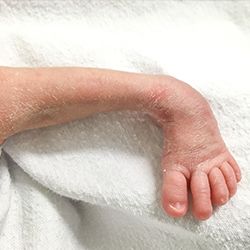
Clubfoot Causes And Treatments Palos Hills And Mokena

Talipes Babycentre Uk
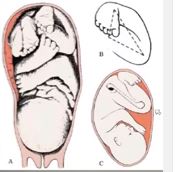
Introduction To Clubfoot Physiopedia

Clubfoot Treatment Causes Symptoms Diagnosis
Clubfoot Orthoinfo os

Club Foot Mississauga Foot Clinic
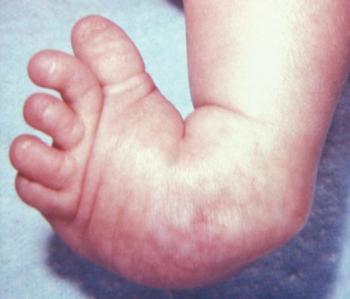
Clubfoot Causes And Treatments
Q Tbn 3aand9gctp62jgxdlybgwfyvfzh Y3p9jo177qwhalpgcofoygxaj3mncw Usqp Cau

To Parents Of Children Born With Clubfeet University Of Iowa Stead Family Children S Hospital

By Cassie Maier What Is Club Foot Club Foot Is When One Or Both Babies Feet Are Turned Inward And Downward And Cannot Be Put Into Normal Position Easily Ppt Download

Congenital Clubfoot Youtube
/clubfoot_baby-56a6fb5d5f9b58b7d0e5d472.jpg)
Photos Of Babies With A Clubfoot

What Is The Main Causes Of Clubfoot Baby Rx Harun

Clubfoot Clubfoot Also Known As Pediatric Interesting Cases And Mcqs Facebook
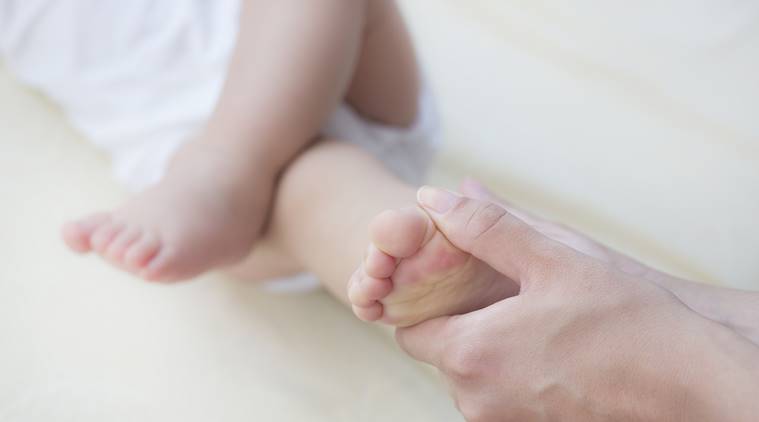
Treating Clubfoot Early May Help A Child Walk Normally Parenting News The Indian Express
Q Tbn 3aand9gct6yvuixrefwsinrzfxc4b8t1fxnyv N9baqtm8vtcf22c3yiy1 Usqp Cau
Q Tbn 3aand9gcq 98jrhf Pkomvjibyey8jeq2ml4m4n8tigflcz5s4wn0etvab Usqp Cau
Clubfoot Orthoinfo os

Clubfoot Walk For Life

Clubfoot Eorthopod Com
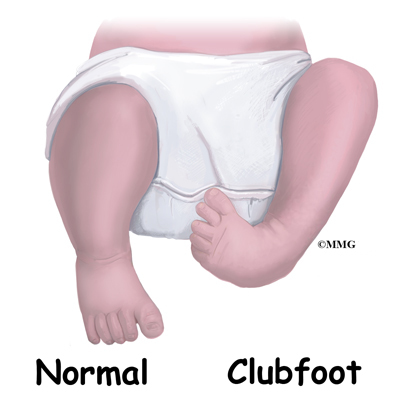
Clubfoot Eorthopod Com
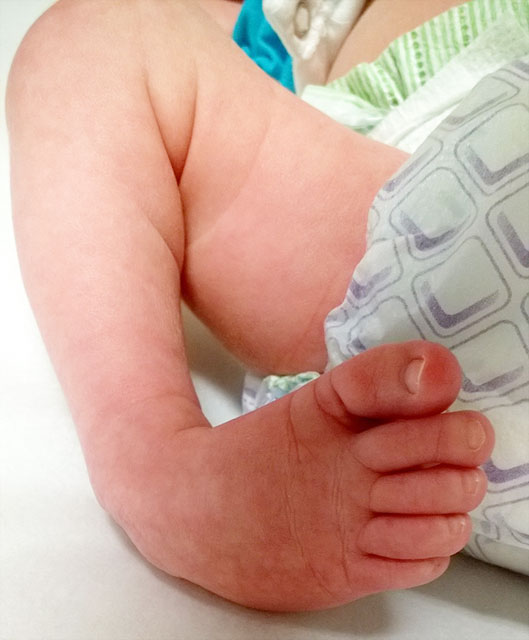
Clubfoot Johns Hopkins Medicine

Talipes Deformity Case Study Clubfoot Nursing Crib
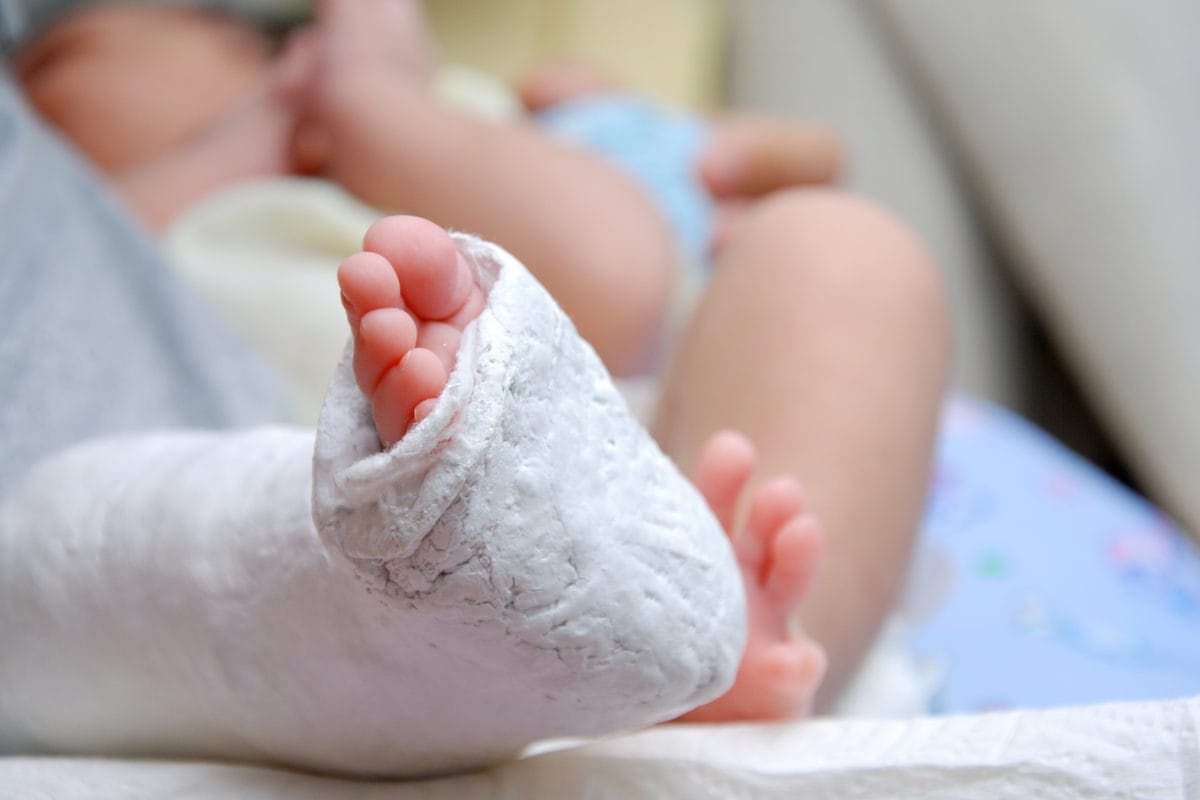
What Is Clubfoot Symptoms And Treatment Familydoctor Org

Clubfoot Causes And Treatments
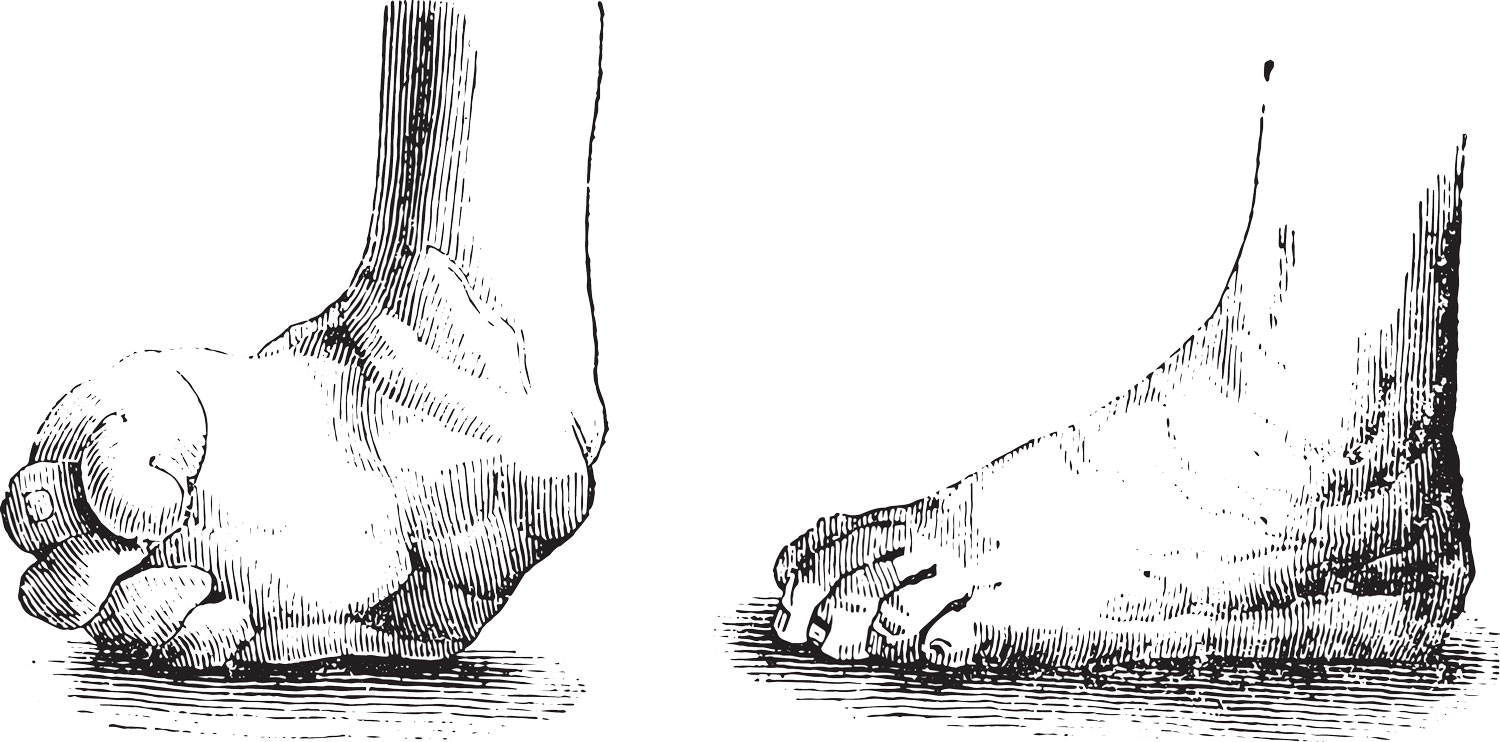
What Is Clubfoot Causes And Treatment Canyon Oaks Foot Ankle
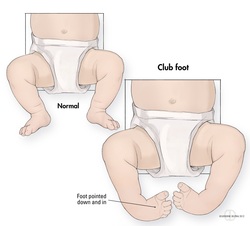
Causes Of Clubfoot Our Lucky Foot Journey

Clubfoot Lurie Children S

About Clubfoot
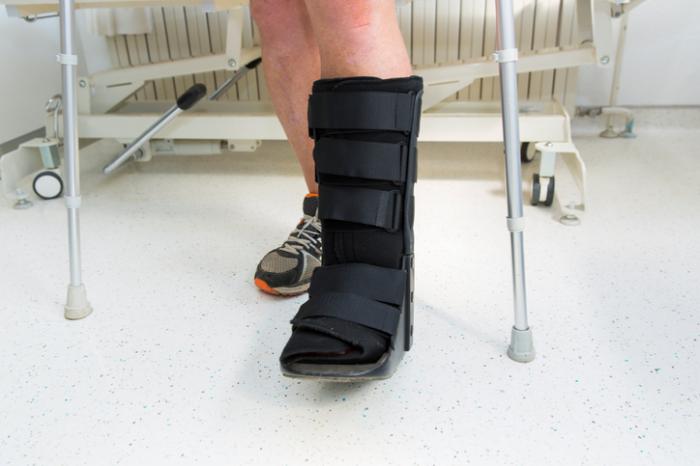
Clubfoot Causes And Treatments
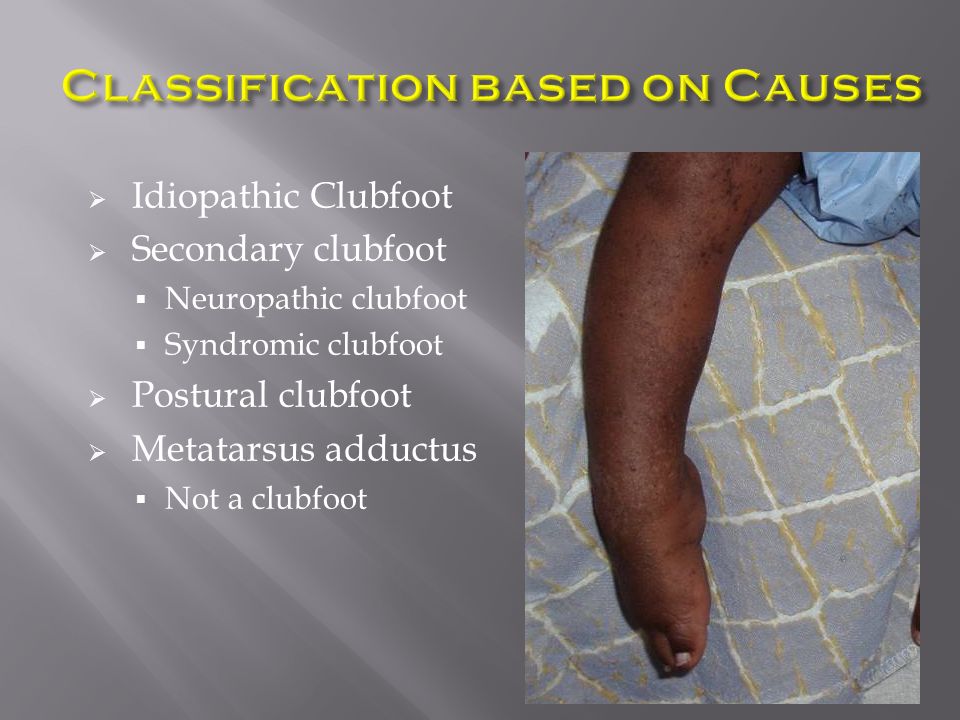
Management Of Neglected Club Foot Ppt Video Online Download
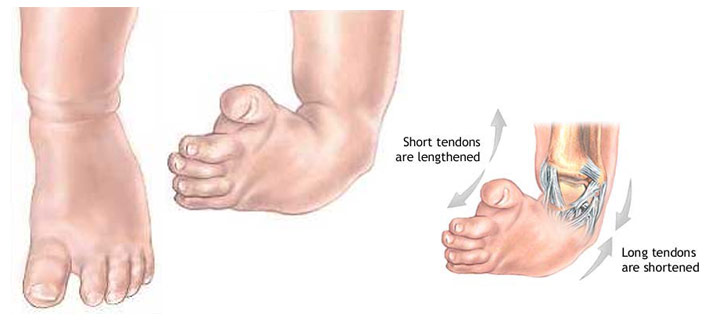
Congenital Talipes Equinovarus Clubfoot Nursing Care Management Nurseslabs

Club Foot Bunionsf Net Professional Foot Treatment Bunion

Clubfoot Llrs
Q Tbn 3aand9gcqfbf Tw7mgf8 Pepof9qwj Szroifzfxqhzgbd1q0a8vuxyewp Usqp Cau
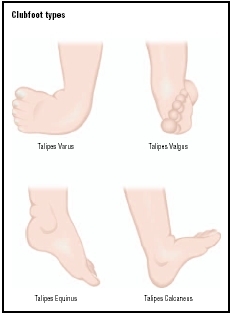
Clubfoot Symptoms Stages Definition Description Demographics Causes And Symptoms Diagnosis

Club Foot Shoes Baby Ponseti Shoes For Sale Club Foot Baby Club Foot Baby Club

Kids Book On Clubfeet Hip Hop Hooray For Brooklynn Bunny By J Harold And B Miller

Pdf Causes Of Non Compliance Of Foot Abduction Orthosis Amongst Local Patients Of Relapse Idiopathic Club Foot

Clubfoot Symptoms Causes And Treatment Options

To Parents Of Children Born With Clubfeet University Of Iowa Stead Family Children S Hospital

Talipes Causes Symptoms Treatment Talipes

Club Foot
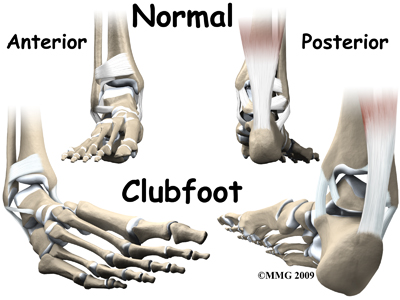
Physical Therapy In El Paso For Pediatric Issues Clubfoot
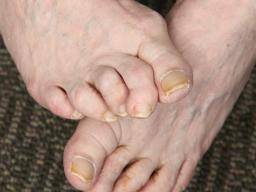
Clubfoot Causes And Treatments

Club Foot Talipes In Babies Causes Signs Treatment Youtube

Clubfoot Causes Symptoms And Treatments Ebook By Dawson Lawrence Rakuten Kobo United States

Causes Of Club Foot

Club Foot Pathoanatomy Made Easy The Young Orthopod Youtube

Club Foot Talipes Equinovarus Drbond Happy Bonding

Clubfoot Eorthopod Com

What Causes Club Feet American Farriers Journal

Clubfoot For Parents Nemours Kidshealth

Club Foot Shoes Baby Ponseti Shoes For Sale Club Foot Baby Club Foot Baby Club

Clubfoot And Metatarsus Adductus Foot And Ankle Care

What Is Talipes With Pictures
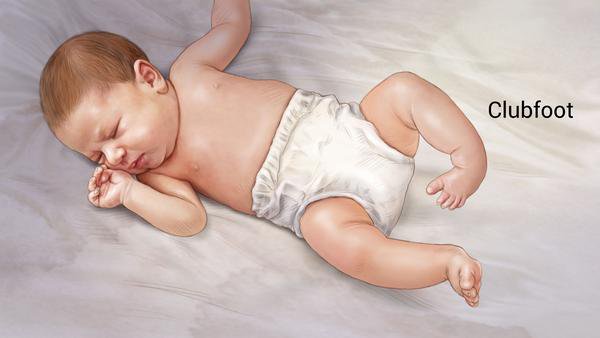
Talipes Causes Archives Tebmedtourism
:max_bytes(150000):strip_icc()/GettyImages-976611000-781e705fad0e43aca41e5f5fc82f7b7e.jpg)
6uyxvadnefzkym
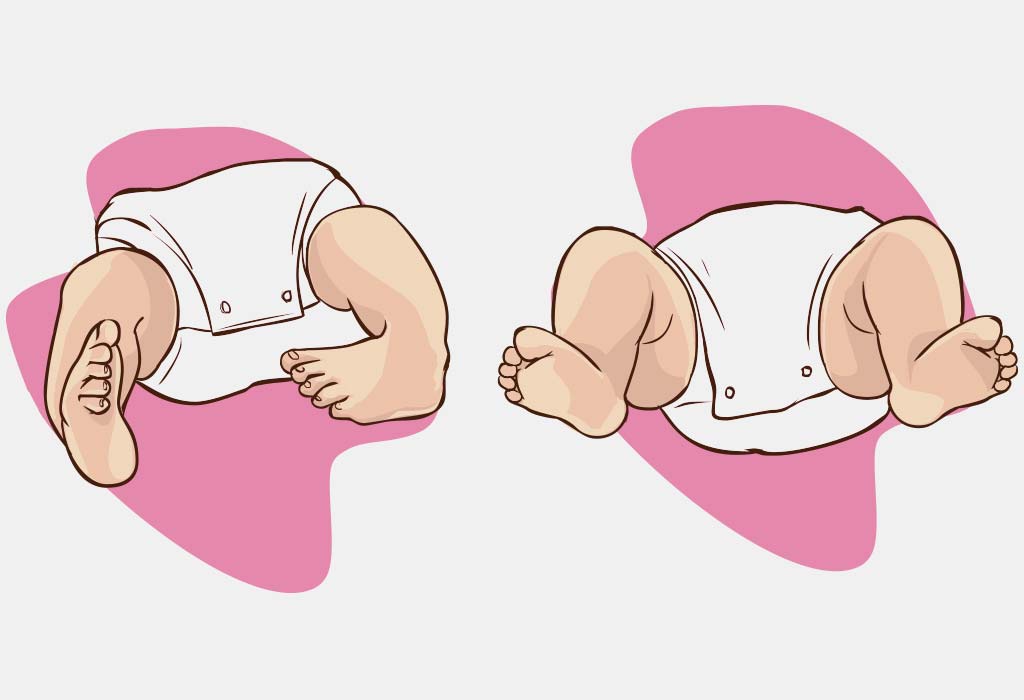
Congenital Talipes Equinovarus Or Clubfoot Causes And Treatment

Clubfoot Healthing Ca
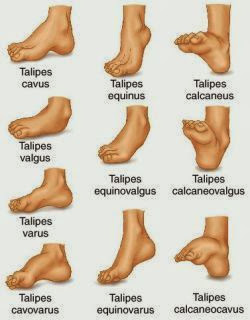
Foot Talk Club Foot Talipes The Holy Foot
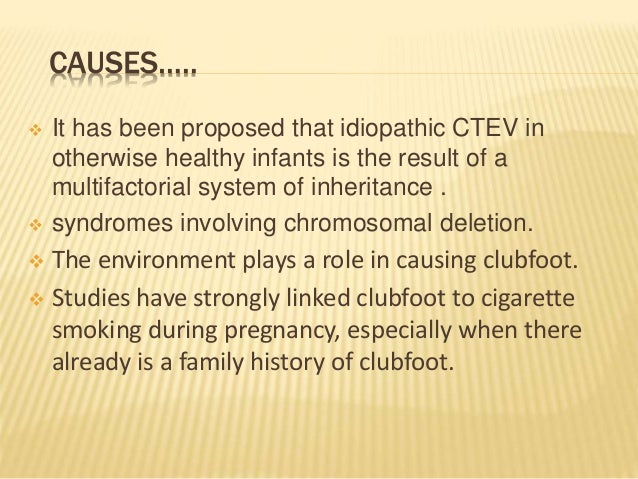
Club Foot
Clubfoot Orthoinfo os

Orthoindy When An Infant S Foot Is Turned Inward Facebook

Clubfoot Boston Children S Hospital

Clubfoot Congenital Talipes Equinovarus Pediatrics Orthobullets
Clubfoot What Is Clubfoot What Causes Clubfoot Who Gets Clubfoot What Are The Symptoms Of Clubfoot

Management Of Neglected Club Foot Ppt Video Online Download
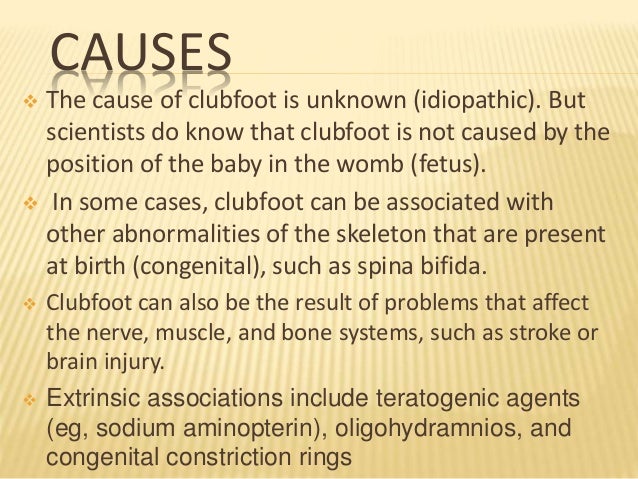
Club Foot
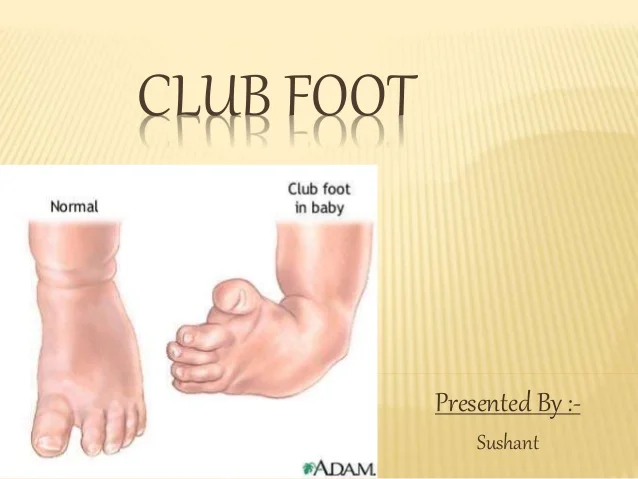
Club Foot

Causes For Clubfoot Given By Patient S Guardians Download Table
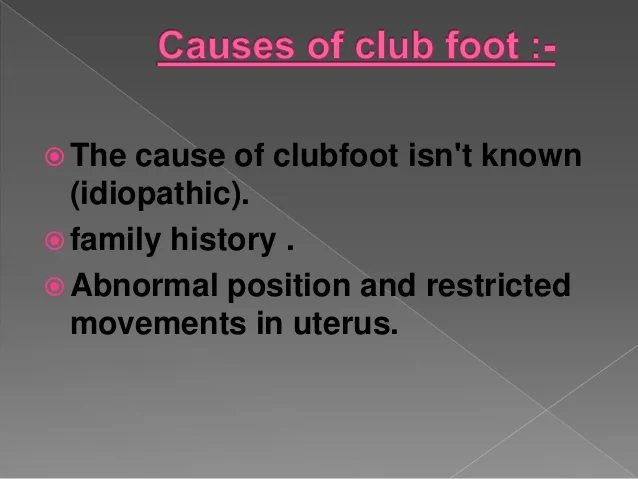
Club Foot
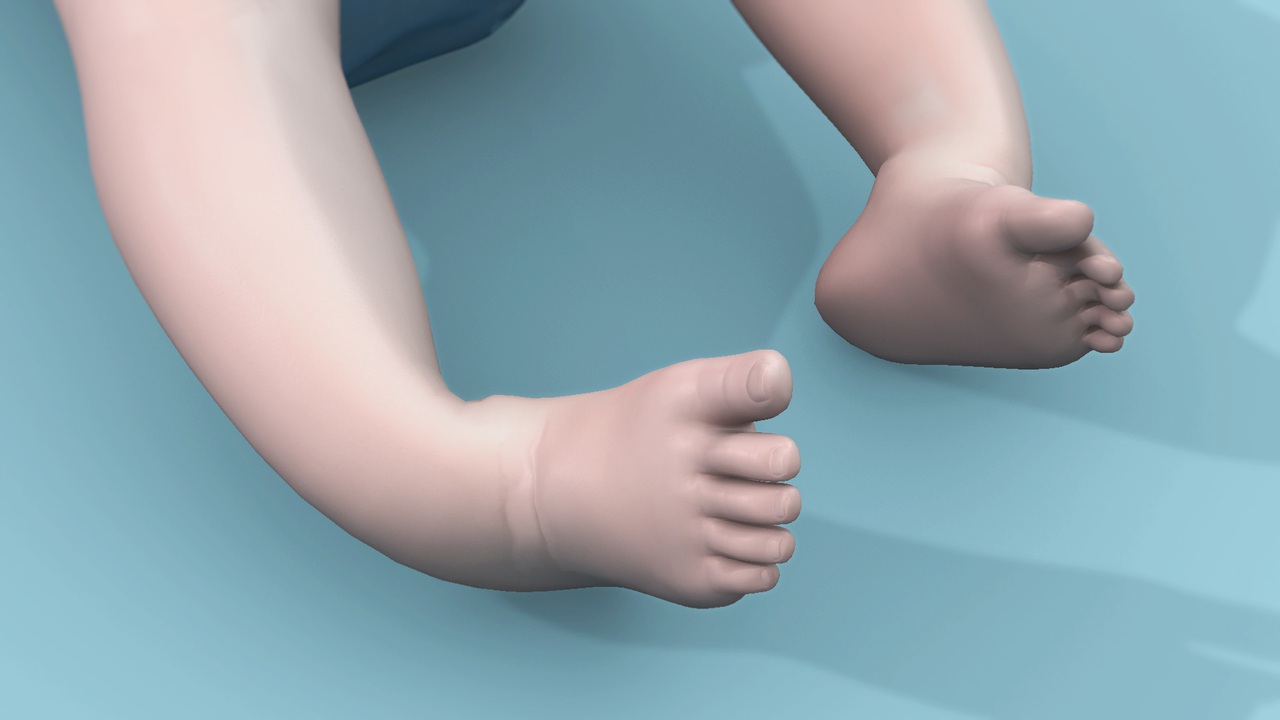
Clubfoot Causes And Treatments Palos Hills And Mokena

Clubfoot Eorthopod Com

Clubfoot Causes Symptoms Risk Factors Diagnosis Treatment And Prevention Boldsky Com
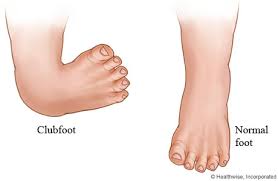
Do You Suffer With A Club Foot Put Your Feet In Our Hands

Clubfoot Causes And Treatment Family Foot Ankle Specialists
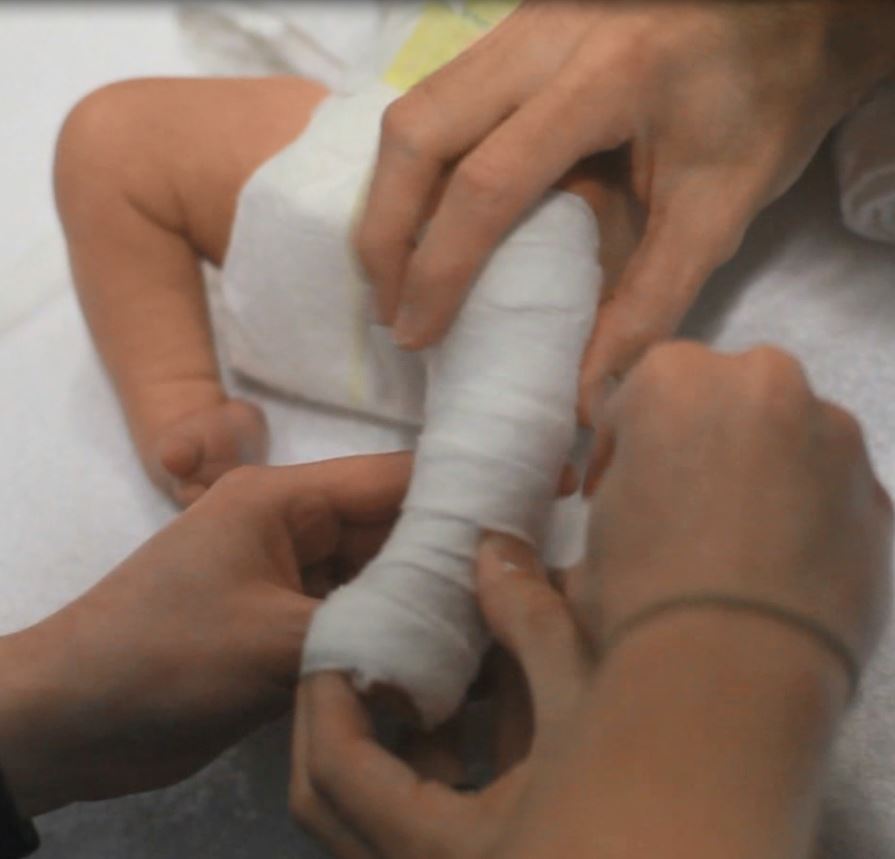
Clubfoot Talipes Equinovarus Campbell Clinic Orthopaedics
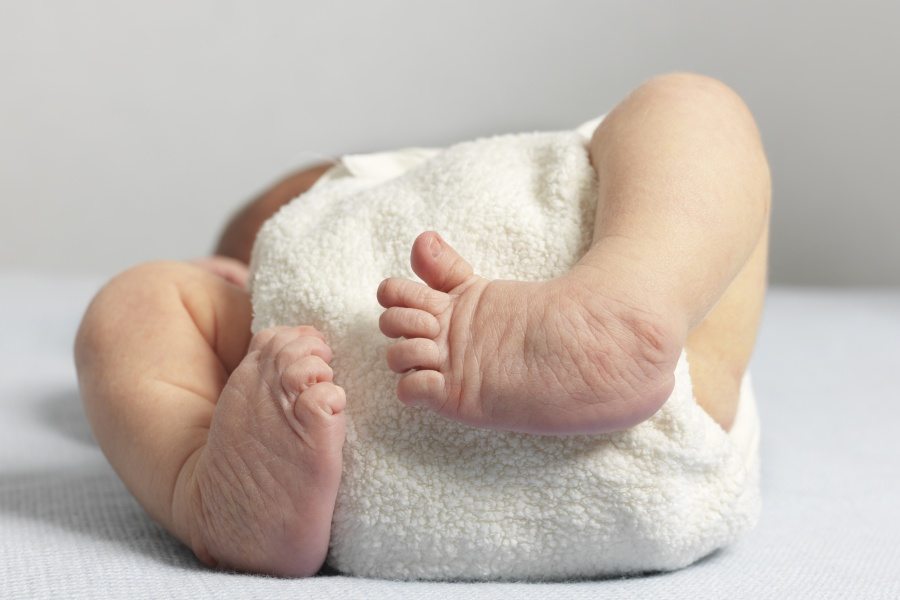
Do You Suffer With A Club Foot Put Your Feet In Our Hands

Clubfoot Talipes Complete Information From Epodiatry
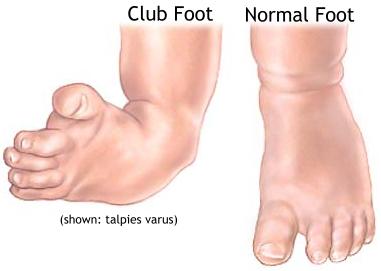
Clubfoot Causes Symptoms Diagnosis And Treatment Natural Health News
/GettyImages-976611020-532e1800b14b4c89aec1f2f6a855f199.jpg)
Newborn Baby Foot Problems And Deformities

When Your Child Has Clubfoot Articles Mount Nittany Health System
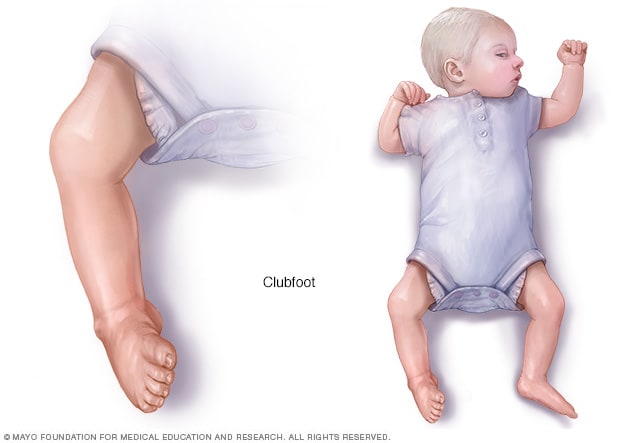
Clubfoot Symptoms And Causes Mayo Clinic

Club Foot Its Causes Pathology And Treatment Wellcome Collection



